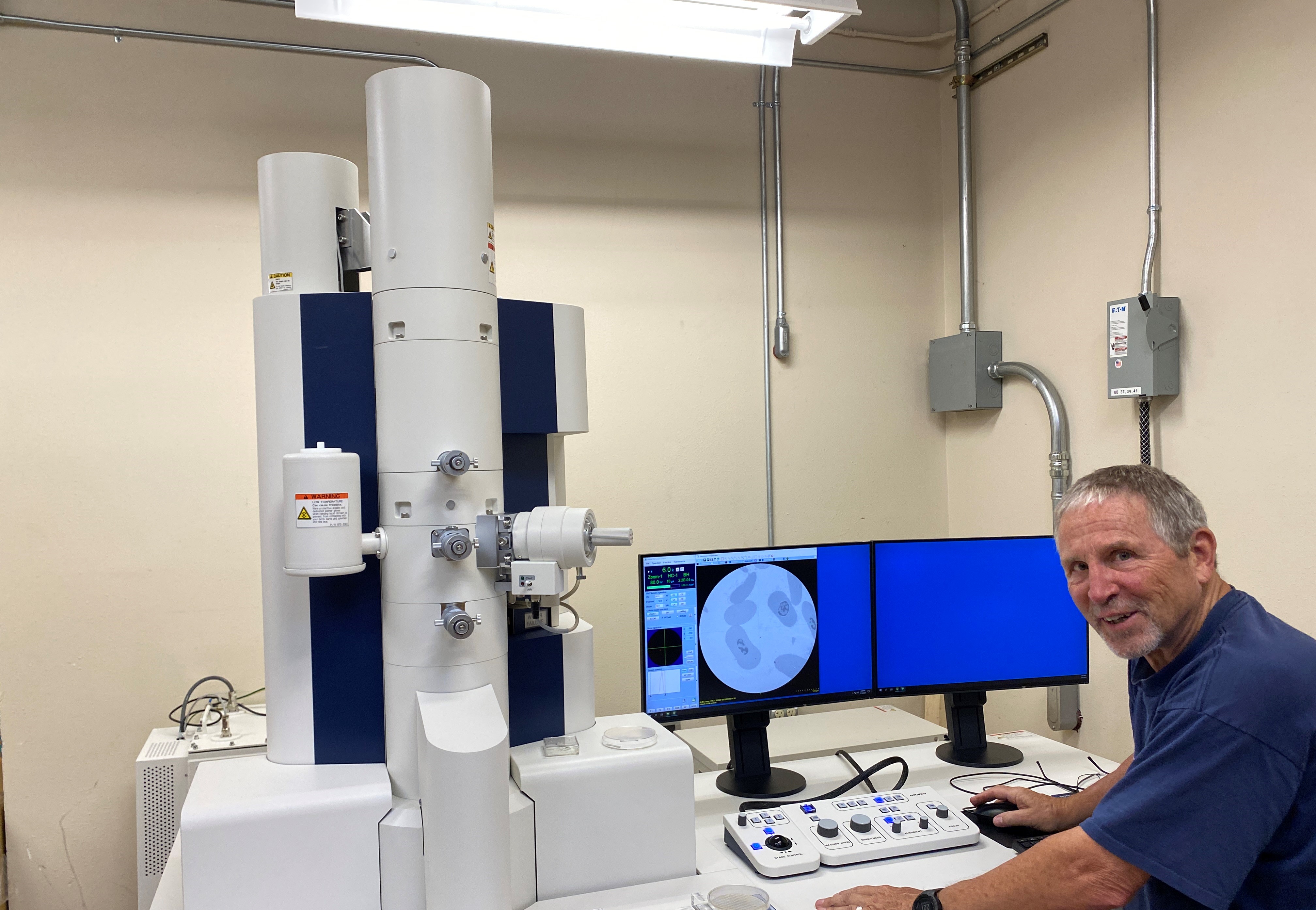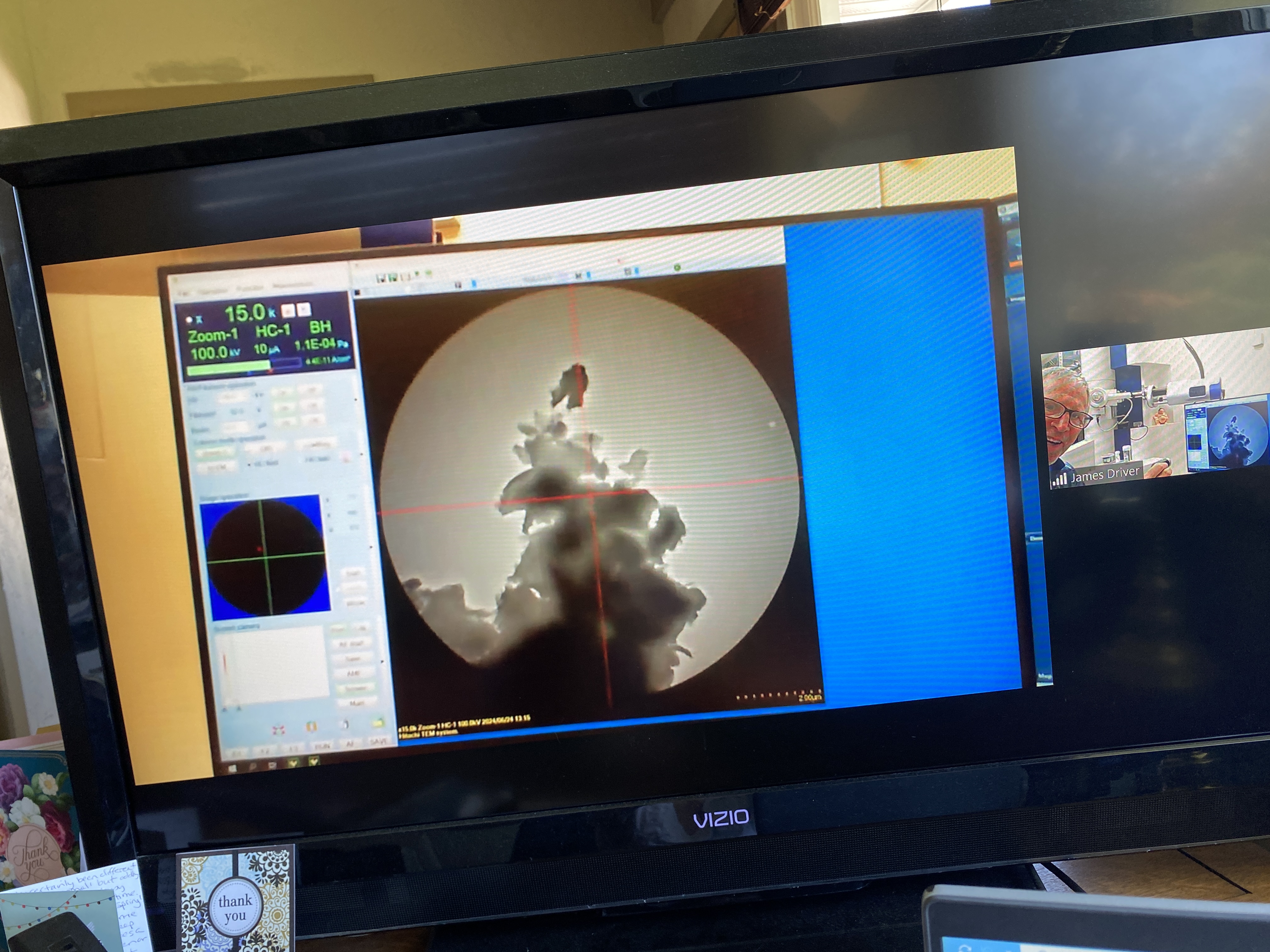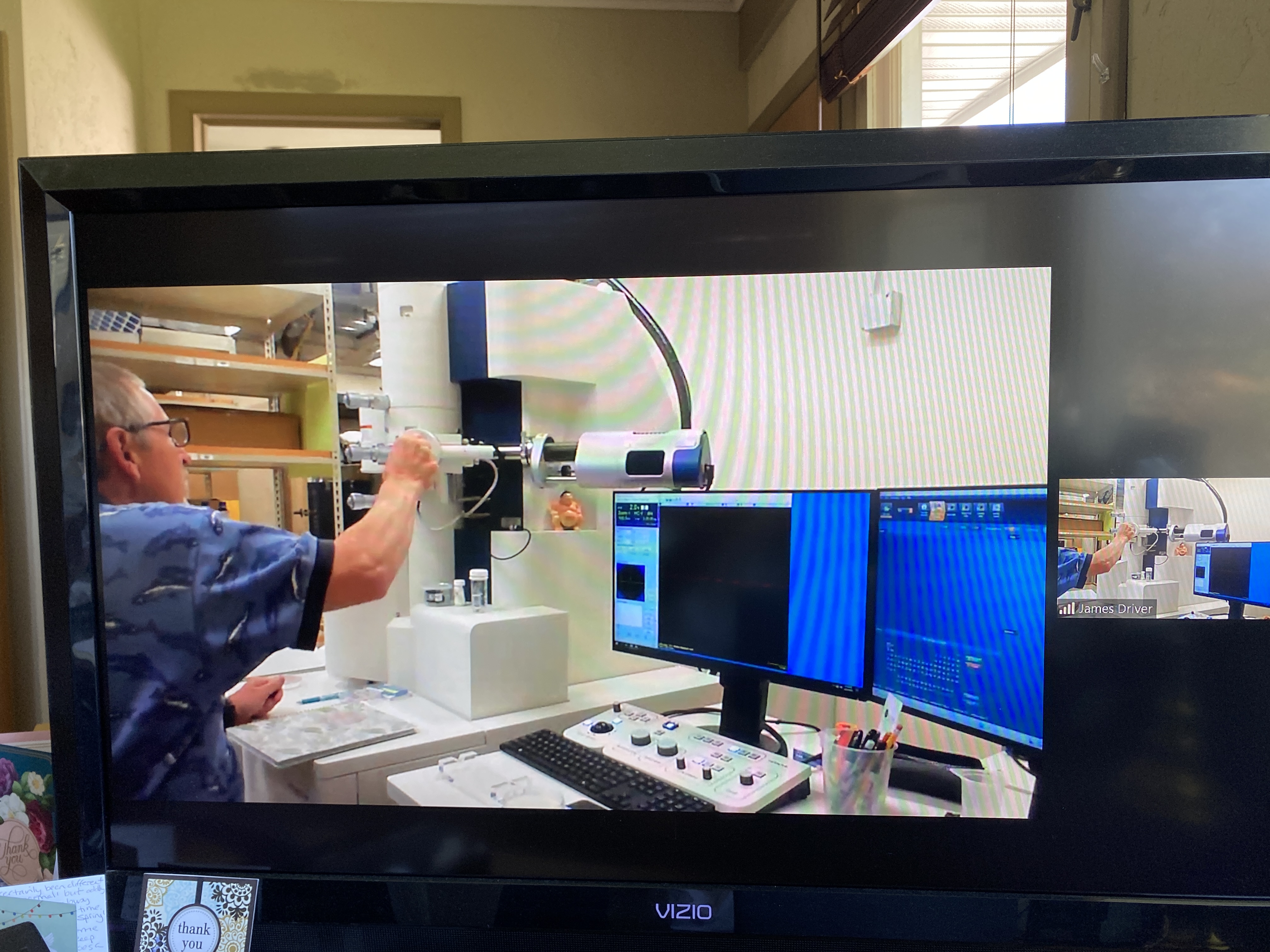Montana Tech expands research and STEM outreach through new electron microscopy grant

Montana Technological University has received a $25,014 grant from the Montana IDeA Network of Biomedical Research Excellence (INBRE) to enhance its electron microscopy capabilities and expand access to cutting-edge scientific instrumentation across the state.
The grant will provide the internet access, hardware, cameras, stereo microscope, and imaging supplies needed to make Montana Tech’s Hitachi HT7820 electron microscope accessible to students, educators, and researchers via videoconferencing.

Biological Sciences Professor Dr. Marisa Pedulla, principal investigator on the project, said the new funding will help the University share its advanced microscopy capabilities within Montana Tech, and with K–12 classrooms, other INBRE institutions, and college researchers throughout Montana and beyond.
“With this funding, we’ll be able to greatly increase research, education, and STEM outreach,” Pedulla said. “By developing remote access to the Hitachi HT7820, we aim to provide researchers with state-of-the-art instrumentation and students with transformative science education experiences.”

The microscope—unique in the region for its combination of scanning and transmission capabilities—has already supported a wide range of projects since its installation in May 2023, including biological, mineral, and nanotechnology research. Scores of students have been exposed to the microscope through classes as well, including two graduate electron microscopy courses.
The new funding will allow Pedulla and Dr. James Driver, Montana Tech’s electron microscopy specialist, to connect the instrument to classrooms through live demonstrations. Using upgraded cameras, screens, and a high-speed internet line, Driver will be able to prepare and image samples in real time while students watch and ask questions remotely.
“Ideally, students would be here using the microscope themselves,” Pedulla said. “But the next best thing is to have them see it live, watching the process, and asking questions as it happens. It’s much more powerful than just reading about it in a textbook.”
The project builds on Pedulla’s previous educational initiatives, including the long-running PHAGES program that has engaged thousands of Montana students in bacteriophage discovery and analysis. While PHAGES grant funding concluded earlier this year, participating teachers continue to independently run the research-based curriculum in their classrooms.
“Those teachers are now fully equipped to carry the program forward on their own,” Pedulla said. “This new grant lets us continue supporting them—this time through access to real-time microscopy.”
The upgrades will also strengthen existing collaborations and open new opportunities for outreach. Pedulla and Driver plant to pilot a partnership with a community college in New Mexico through the Howard Hughes Medical Institute’s SEA-PHAGES program, using remote microscopy as a model for expanding student access nationwide.
“There are many schools that don’t have access to equipment like this,” Pedulla said. “With this technology, we can help students anywhere watch the imaging of their own samples in real time—and that’s an exciting step forward for science education.”
Those interested in using the microscope can visit the E.M. Tech webpage.